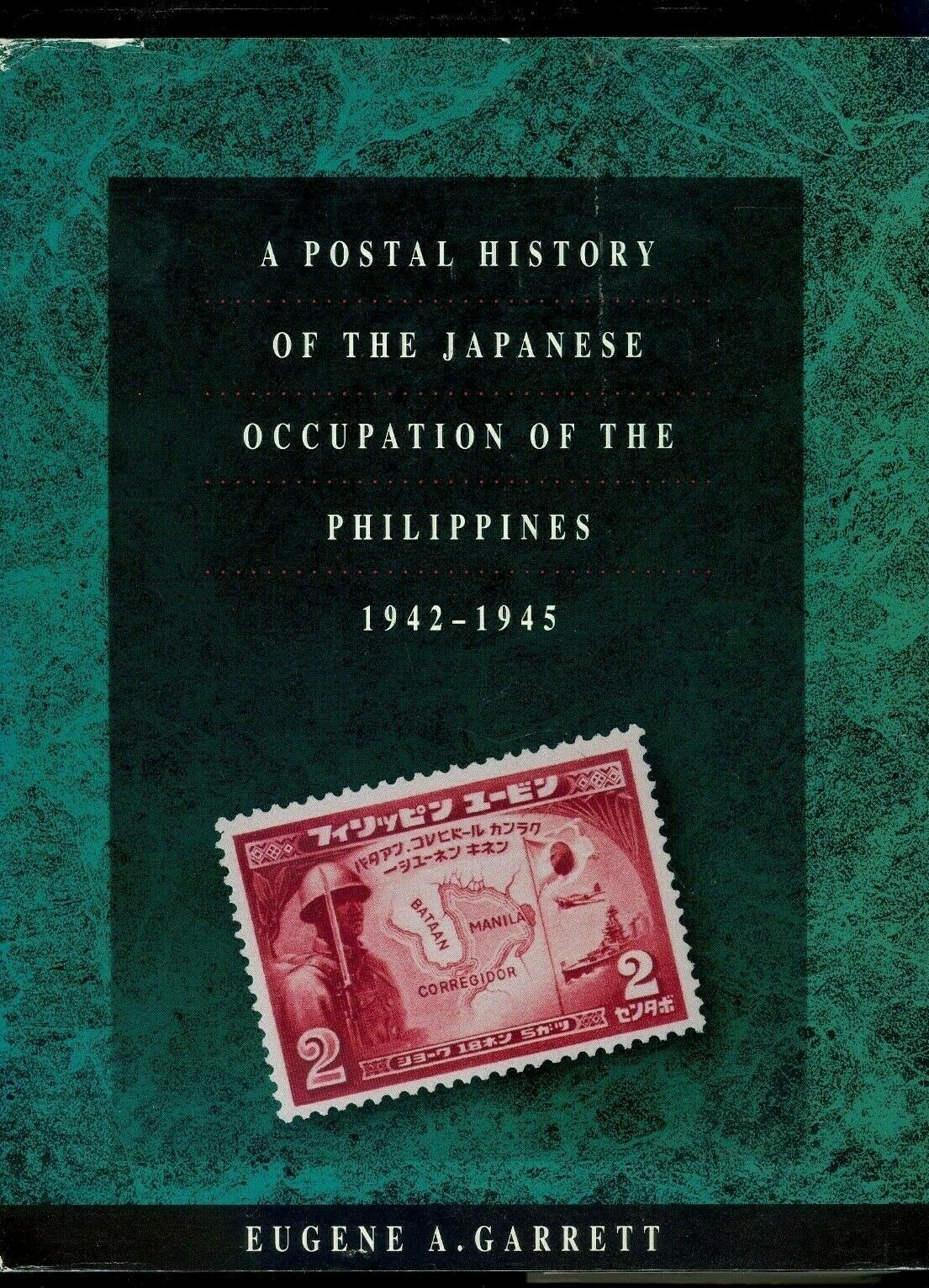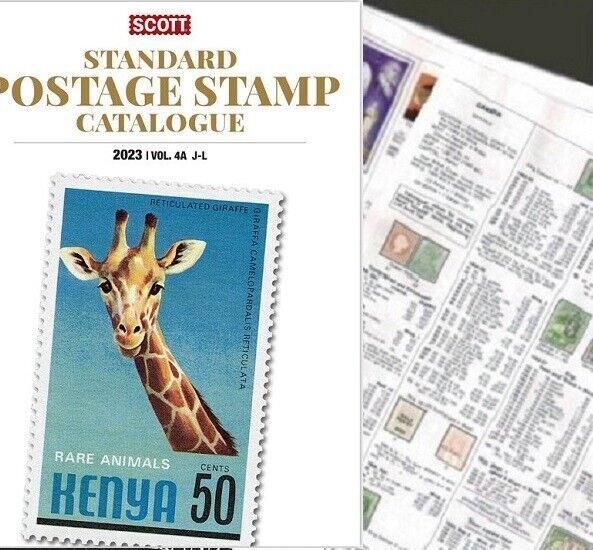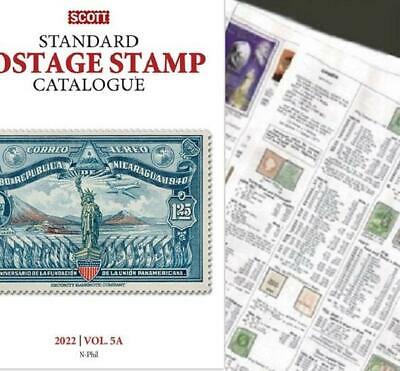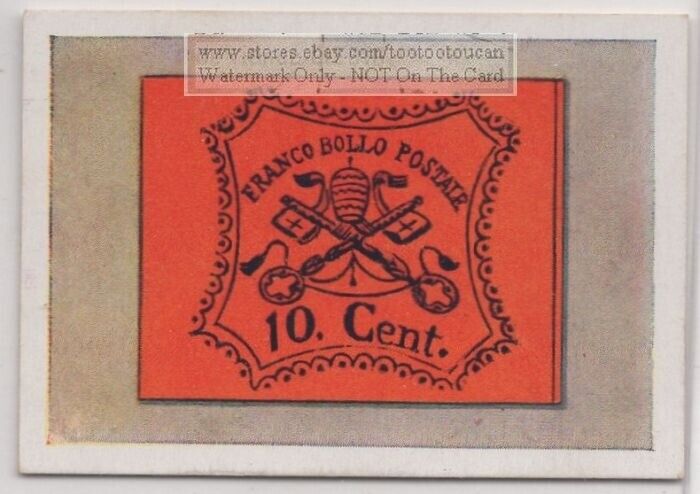-40%
Postal History of the Japanese Occupation of the Philippines 1942-1945 - Garrett
$ 52.8
- Description
- Size Guide
Description
PROGRAPHICSCORP2007Bellingham and Lakewood, Washington
It is time for me to do books again. I have a hundred or so that are in-demand and worth selling, and several hundred that are not quite worth the effort of selling and shipping. Hopefully, this is one that falls within my "in-demand" category.
A Postal History of the Japanese Occupation of the Philippines 1942-1945, Eugene A. Garrett, Self-Published, 1992. About 8-1/2 by 11 inches, hard covers, grey cloth over boards, gilt titles, 548 stated pages. Contents and covers very fine, dust jacket showing light wear.
The surprise air strikes on the Philippines of December 8, 1941 and the following days which destroyed the United States Army Air Force were followed by the landings at several key locations of the Imperial Japanese Forces which converged swiftly upon the capital City of Manila, which fell to the invaders in less than thirty days. The beleagered Philippine-American Forces held out in a hopeless cause on the Bataan Peninsula and on Corregidor Island until the final surrender on May 7, 1942. By then the Japanese Military Administration of the Philippines had efficiently taken control of all aspects of the Philippine government and economy. Postal service had been reopened in Manila on March 4, 1942.
As the war dragged on, the Philippines became an enemy-occupied backwater in the Pacific Theater, under the heel of a repressive and sometimes brutal enemy. With few diversions permitted or possible, the Filipinos embraced stamp collecting to a degree not seen before nor since. By the latter part of 1942, they flocked to the post office to prepare First Day Covers of every new postal emission in relatively enormous quantity.
Many students of the philately of the Greater East Asia War were blind-sided by that proliferation of purely philatelic material, and overlooked the fact that a civil postal system operated with considerable efficiency during the occupation, and that the study of the postal history of the period is as fascinating and rewarding as that of any country.
It is the intent of the present study to correct the many misconceptions about the postal history of the period. The author's great affection for the Filipino people sometimes show through, in spite of his best attempts at strict objectivity.
GENERAL COMMENTS
We started out selling philatelic literature as a spin-off from our selling stamps, stamp collections and postal history. However, as more and more books and libraries drop into our laps, philatelic literature has become one of our major categories. Many philatelic reference books are collectible in their own right. Most are out of print. We try to price according to collectibility, condition, rarity, and to a much lesser extent their value as reference guides. Additionally, and on a condition-compared-to-condition basis, we try to undercut the competition.
Another comment about value as an inherent collectible, as compared to value as a reference guide: The truth is that more detailed and more up-to-date information is going to be available on the internet, but then you would not have that rare and hard-to-find book sitting there on the shelf, would you! And, if you use a book as a working reference copy, what's easier: Carrying a book into a stamp show or lugging in your computer?
Dust jackets: In the field of modern literary first editions, the lack of a dust jacket is death. I see a totally different result when it comes to philatelic literature. Many such books never came with a dust jacket to begin with, while some books I have seen with jackets and at the same time -- the very same book -- still in shrinkwrap and without dust jacket. If I show a book with dust jacket, then you are going to get that book with a dust jacket. If I do not show a dust jacket, then no dust jacket, and maybe the book never had one to start with. (Or maybe it did.)
When it comes to books and stamps, "very fine" pretty much means the same thing. However, "good' when it comes to books is still a pretty nice item, while "good" when it comes to stamps is a dog. The book you bring home new from the book store might rate only a "fine" rating, but still be close to as-new. A "fine" stamp on the other hand is no great shakes.
We ship by Media Mail within the United States. We also will happily ship to Canada. We will do the best we can to minimize the cost of postage, but it is still going to be expensive.
Free shipping within the U.S.
This item will be shipped from United States zip code 98498.
stamps
ALBUM
After the Japanese invasion, postal services reopened on March 4th, 1942 in Manila, extending across other regions over the following months. The first issues were primarily overprinted and surcharged stamps of the Commonwealth. Issues included a commemoration of Japan’s capture of Bataan and Corregidor, the first anniversary of the “Greater East Asian War” and the anniversary of the Philippine Executive Commission. Beginning in April of 1943, 14 definitive stamps with 4 different designs were issued followed shortly with a Commemorative stamp remembering the 1st anniversary of the fall of Bataan and Corregdor.
At the inauguration of the “Republic of Japan”, authorities released a new set of 3 stamps, with the design of a Filipina woman in front of the Rizal Monument and the Philippine flag. These stamps were also issued as a souvenir sheet (the first for the Philippines) and are widely available as first day covers. A few months later, another set of three stamps, featuring Philippine heroes was issued, and also included souvenir sheet.
Toward the end of the occupation, one final set of stamps were issued on January 12th, 1945 depicting President Laurel. In addition to regular postage stamps, semi-postal, postage due, and official stamps were also issued, mostly as overprints and surcharges. The Postal service officially ended in Manila on February 3rd, 1945, when the American Military Forces entered Manila.









